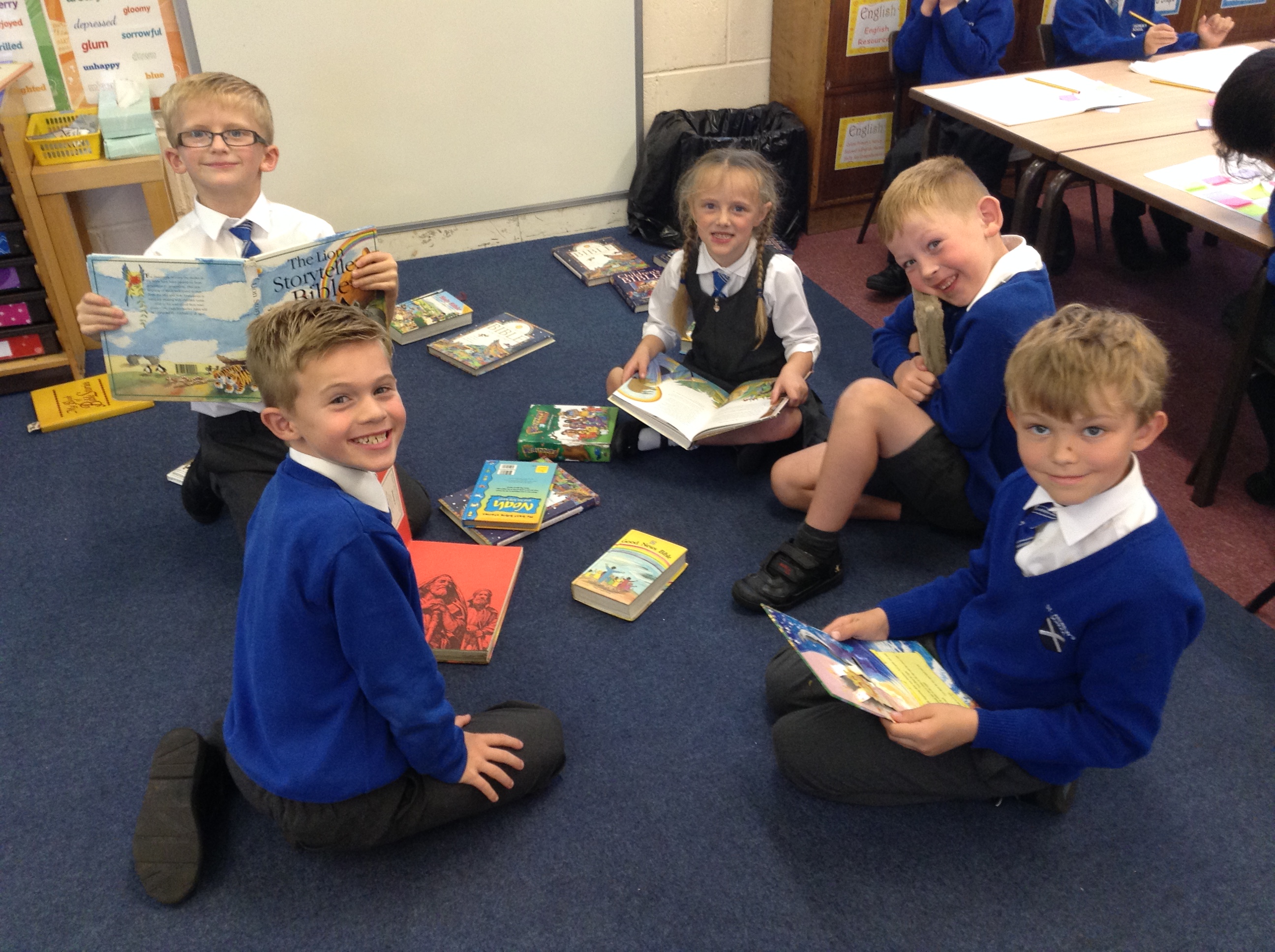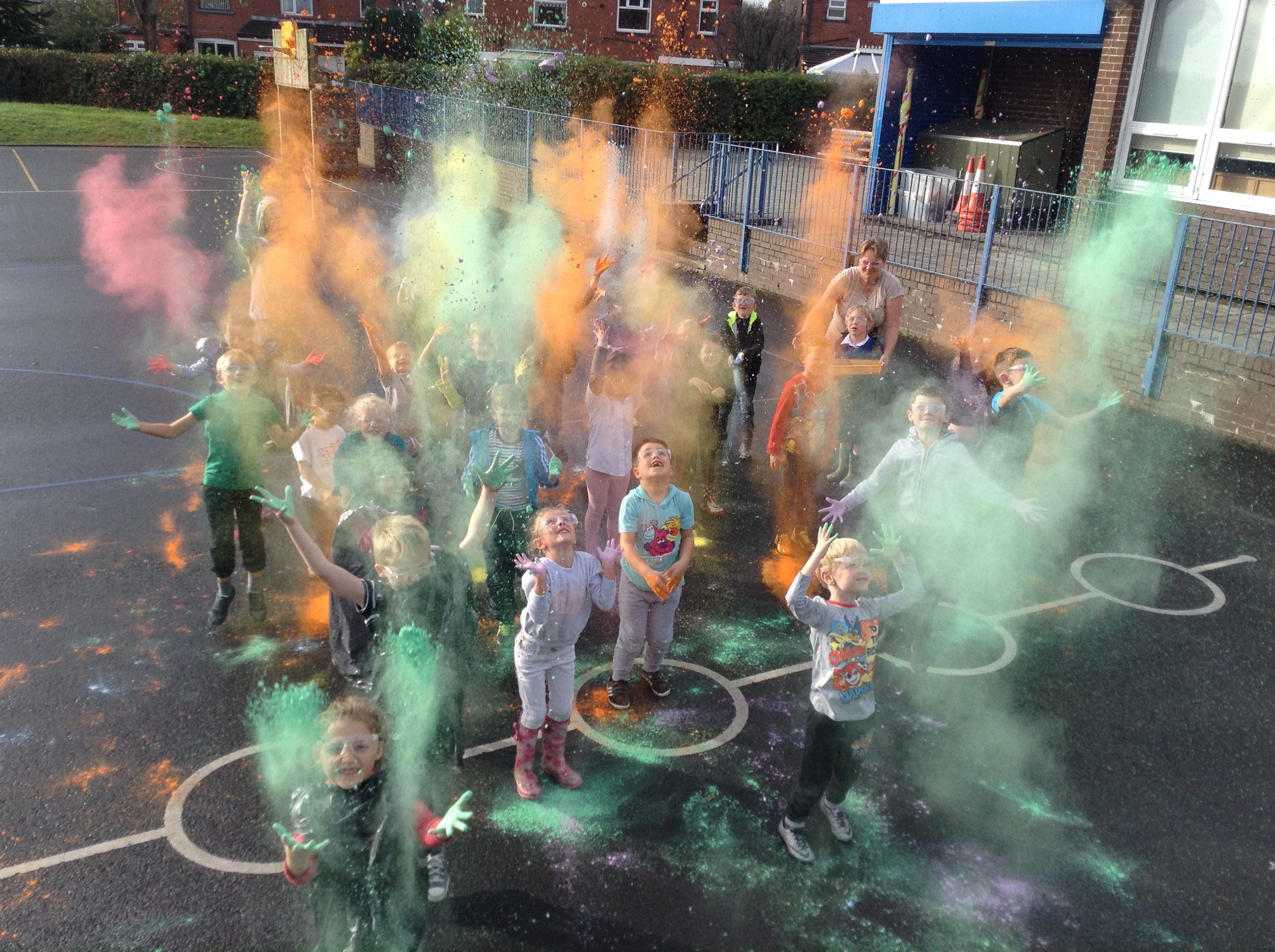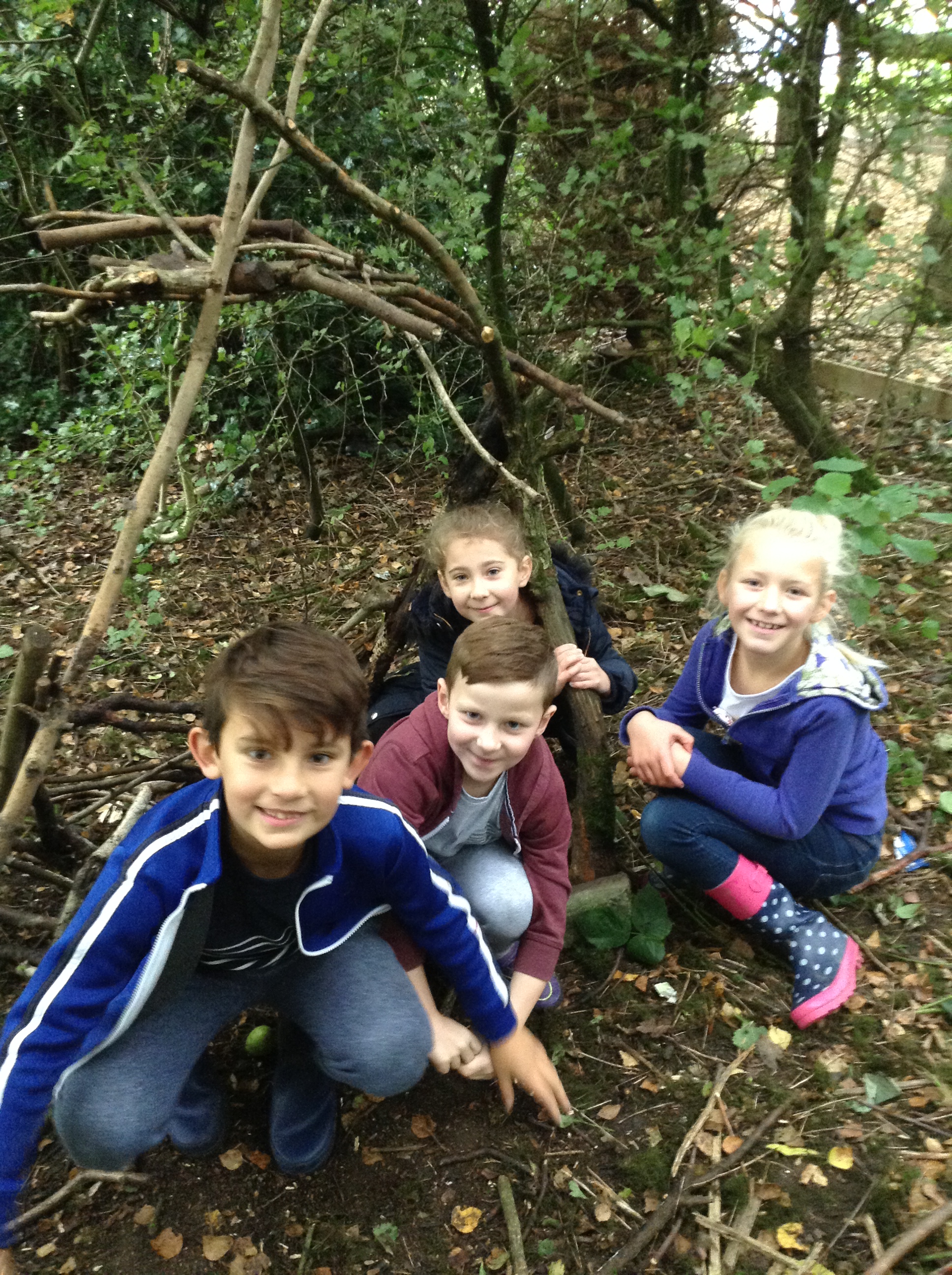Writing Curriculum
Writing at St. Andrew’s
Growing in Faith, hope and love
1 Corinthians 13:13
Starting right away in Reception, children at St. Andrew’s are taught through an approach called ‘The Write Stuff,’ written by teacher and award winning English consultant, Jane Considine. ‘The Write Stuff’ provides consistency to the mechanics of writing and will enable our children to write effectively and coherently. It is a fun, creative and rigorous approach to develop children’s writing. ‘The Write Stuff’ allows children to apply basic skills, vocabulary and grammar knowledge to write effective sentences, which are full of impact and keep the reader interested.
In The Write Stuff approach to writing, the children explore high level, rich vocabulary through ‘thesaurus thinking’. Grammar is taught in context through different writing lenses on the Writing Rainbow.

The Writing Rainbow
· Fantastics – the ideas of writing
· Grammaristics – the tools of writing
· Boomtastics – the techniques of writing
As part of the teaching sequence, teachers plan experience days; sentence stacking lessons and independent writing sequences. Experience days immerse children in experiences linked to their writing and drench them in vocabulary linked to the lenses in ‘The Writing Rainbow’. From experience days, children take part in sentence stacking lessons. Sentence stacking lessons encourage children to write at least three sentences with focuses on lenses from the Writing Rainbow.
A Sentence stacking lesson is made up of three parts.
1. Initiate section – a stimulus to capture the children’s imagination and set up a sentence.
The teacher enables discussion and ‘chotting’ (chatting and jotting) through an extract of a high-quality text, photo, short video, soundscape or other stimulating material.
2. Model section – the teacher models a sentence that outlines clear writing features and techniques.
The children are then shown how to put their ideas into writing. Teachers use a technique called ‘thinking out loud’ where they model the process of moving from ideas and notes into well-constructed sentences.
3. Enable section – the children write their own sentence, following the teacher’s model.
The children are then enabled to have a go at writing their own sentences, based on the teacher’s model and following the steps to success. These sentences and ideas are then celebrated on display in their classroom, so children can visually see a narrative or non-fiction piece build up over time.
The children are then enabled to have a go at writing their own sentences, based on the teacher’s model and following the steps to success. These sentences and ideas are then celebrated on display in their classroom, so children can visually see a narrative or non-fiction piece build up over time.
Thinking Side
Writing Side

At the end of each unit, the children are able to write their own completely independent piece, using the skills that have been developed in the previous lessons. Allowing children to write freely enables them to draw on their own experiences, acknowledge their love of reading and really show off their skills as an author to their audience.
Please click below for our Writing Overview. A more detailed overview for each year group can be found at the bottom of each class page.
At St. Andrew’s, we pride ourselves on the neat presentation of work, which includes children leaving us at the end of Key Stage 2 meeting the writing expectation of maintaining legibility in joined handwriting when writing at speed.
We achieve this by following the Nelson handwriting programme from Reception to Year 6.
Nelson offers full coverage of the technical aspects of writing (including letter formation, basic joins, printing, speedwriting and slant) and these are taught in purposeful and curriculum-relevant contexts, principally in the areas of phonics, spelling, punctuation and vocabulary.


· Children are expected to work towards developing a fluent, cursive style.
· Children write in pencil until their writing is consistently joined, sized, spaced and fluent. At this point they will be awarded a pen licence which means that they can use a pen for their written work in all areas of the curriculum except mathematics.
· The awarding of pen licences is celebrated in Good Work assemblies.
Useful links for supporting your child with handwriting at home.
https://home.oxfordowl.co.uk/english/primary-handwriting/
https://www.youtube.com/watch?v=Eq_5-qaT4xA
How can I help at home?
· Encourage children to write for pleasure.
· Take every opportunity to explore new vocabulary together, discuss new words heard or read.
St Andrew's C.E. Primary School
Crescent Avenue,
Over Hulton,
Bolton
BL5 1EN
Tel: 01204 332606
[email protected]


